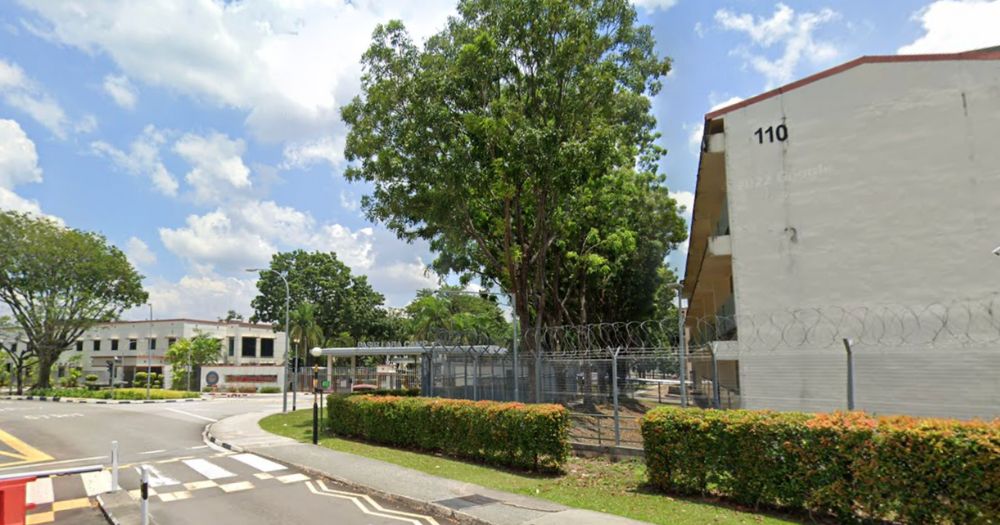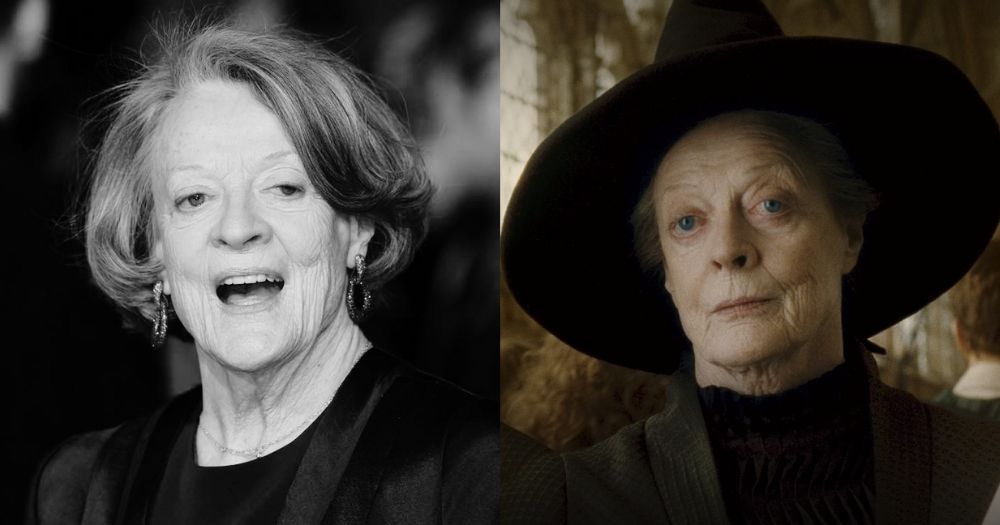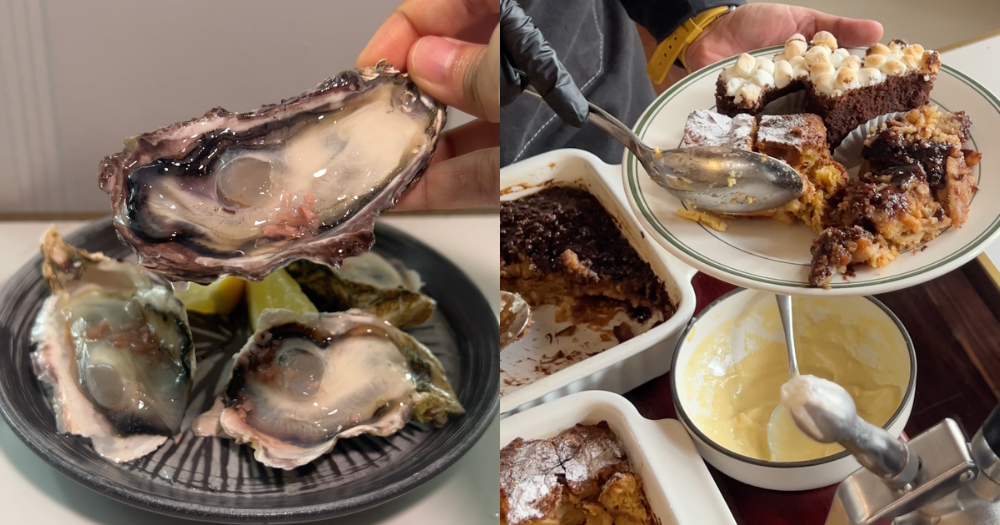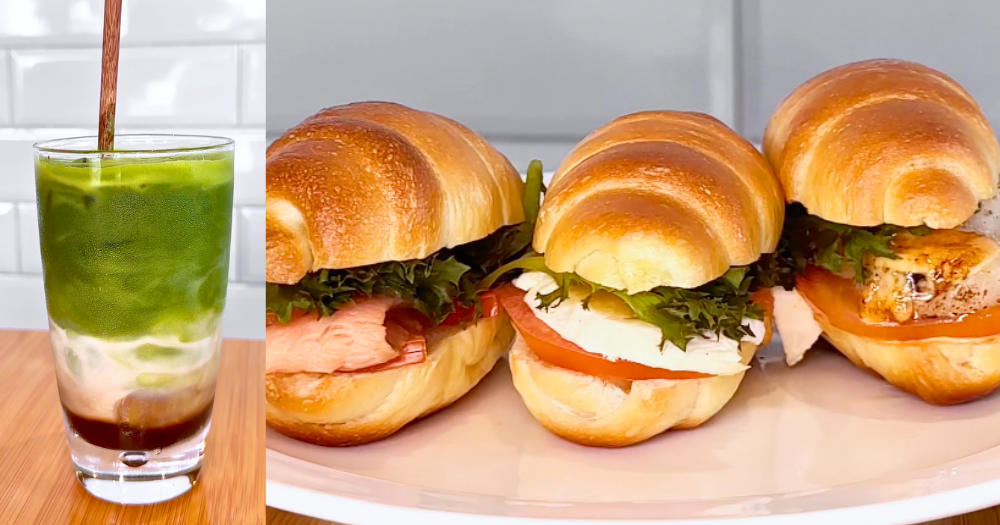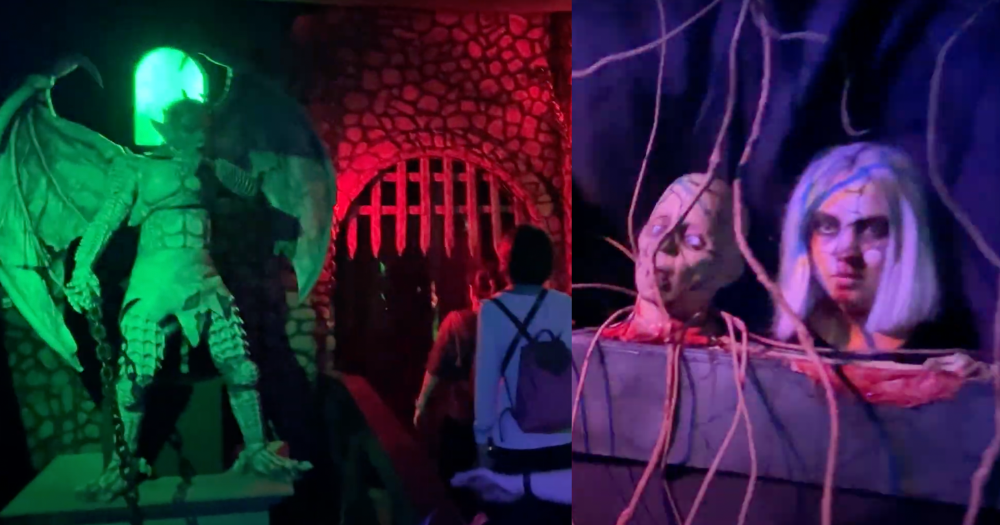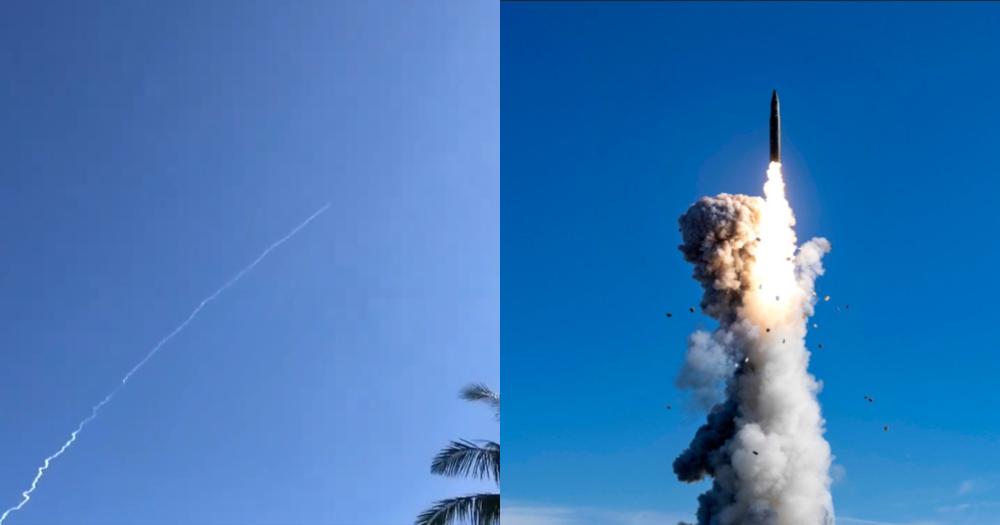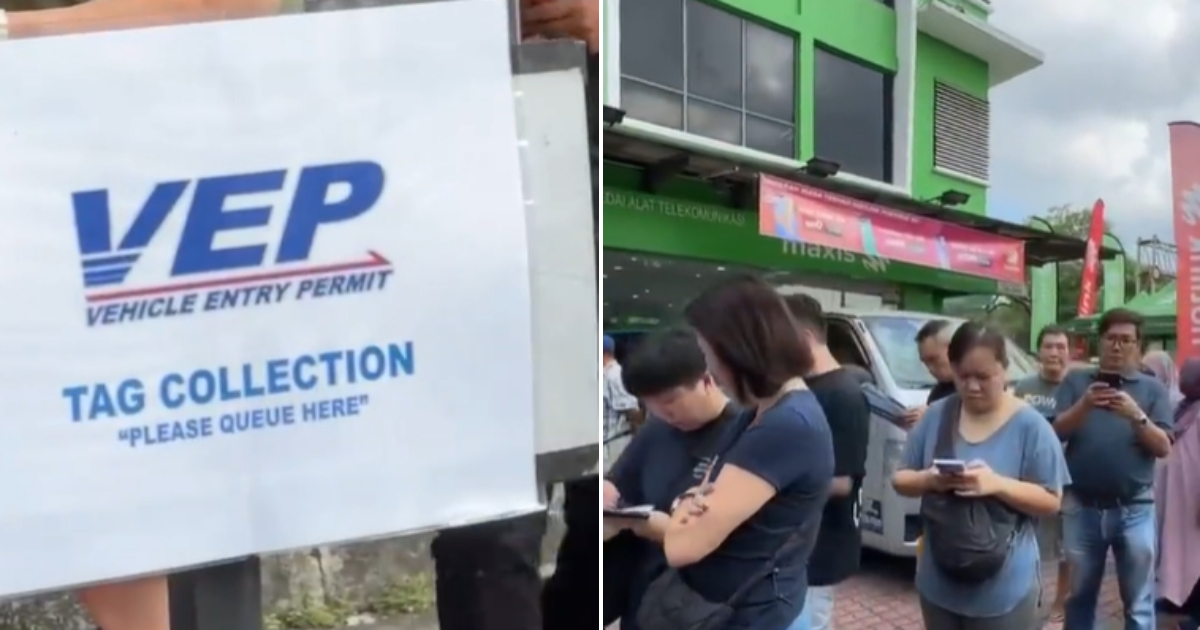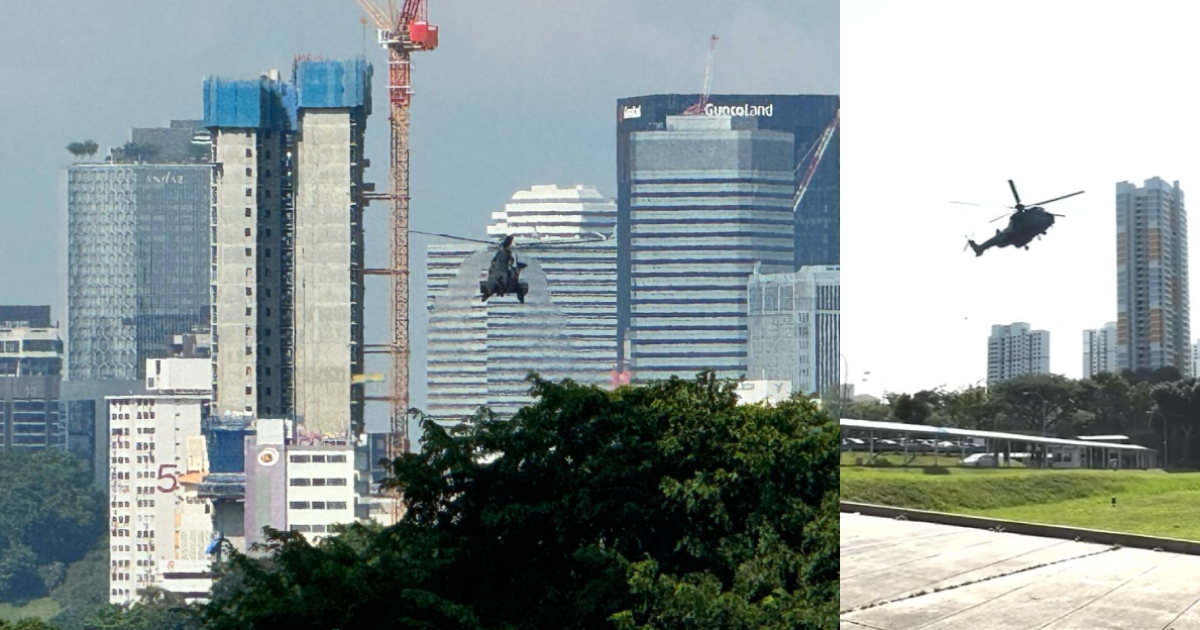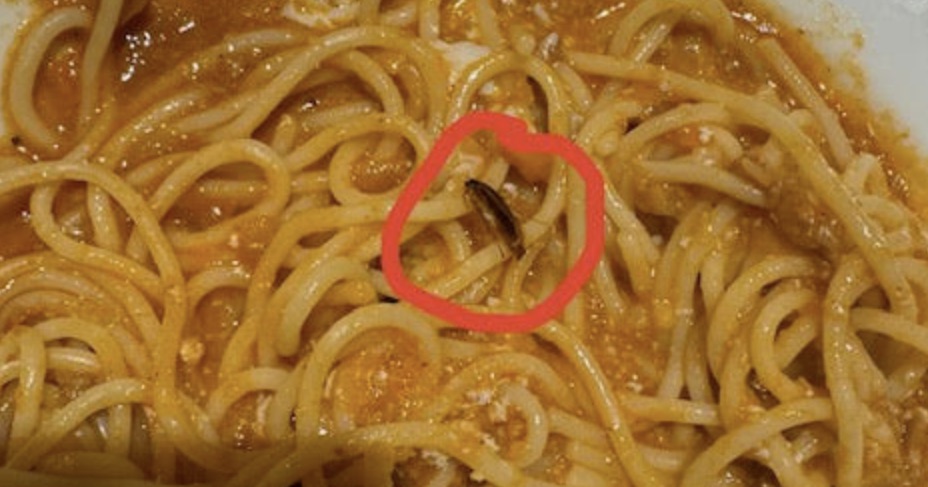Pigeon culling, food waste management to be stepped up under pilot action plan across 3 town councils
A multi-stakeholder approach to the management of pigeons.
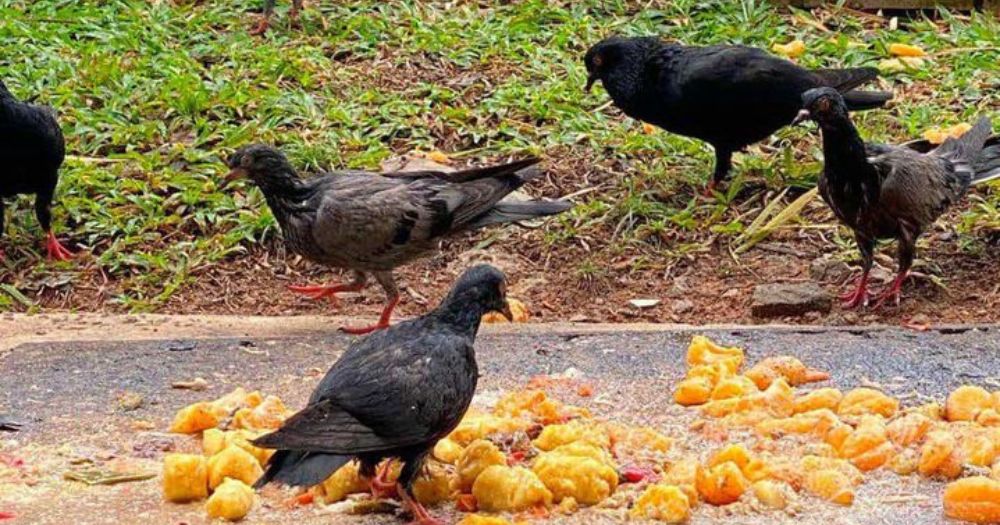
From June 2024, a pigeon management action plan will be piloted in three contiguous town council areas— Ang Mo Kio, Bishan-Toa Payoh and Tanjong Pagar.
These areas are flagged as hotspots for large pigeon clusters.
Population surveys that were carried out at the three town councils helped to identify specific areas to be targeted. Higher pigeon density was observed in more densely built-up areas, as well as in areas with feeders and food establishments.
According to a media factsheet on the pilot, the "targeted efforts" to manage pigeon populations include measures for food source reduction and direct population control.
This is required to reduce the pigeon population and keep population growth under control, said the factsheet.
To execute this plan, government agencies will work with the three town councils, as well as with stakeholders like hawkers' associations, the operators of food shops, and cleaning contractors.
Senior Minister of State in the Ministry of National Development (MND), Tan Kiat How, shared about the plans in a Facebook post on Jun. 25, saying that if pigeon populations are left unchecked, they can multiply "by up to five times in a year".
"We will assess the results of this pilot early next year," said Tan, who is also Senior Minister of State in the Ministry of Communications and Information (MCI).
He said that if the plan is found to be effective, it could be extended to more town councils.
Explaining the need to manage rock pigeon populations, the factsheet pointed to the potential impacts on public health as these pigeons can transmit diseases to humans.
Furthermore, they have a high reproductive rate, and few natural predators in Singapore.
Food availability as a driving factor
During the Covid-19 circuit breaker in 2021, a study published by the National Parks Board (NParks) revealed that an island-wide reduction of human food resulted in a decline in feral rock pigeon abundance at surveyed hawker centres.
Rock pigeons were observed to be foraging for food more. This resulted in reduced time for resting, which had consequences on their reproductive capacity.
Thus, the action plan aims to improve refuse and food waste management at food establishments and bin centres.
The National Environment Agency (NEA) and Singapore Food Agency (SFA) will work with the three town councils, as well as with stakeholders like Hawkers' Associations, operators, and cleaning contractors.
Reducing food sources at food establishments
Stricter measures against table littering at hawker centres, coffeeshops and food courts have been implemented by NEA and SFA.
This is to curb the food sources available to the pigeon population.
For hawker centres, NEA will work with the town councils, Hawkers' Associations, managing agents, and table cleaning contractors to ensure that trays and dirty crockery are promptly cleared from tray return racks, and that tables are promptly cleaned.
They will also look into optimising cleaning workflows and the frequency of floor sweeping.
Bird deterrent measures will also be implemented, such as installing bird spikes, wires and nettings, and minimising the usage of conduit trays where birds perch.
Bird-proofing of tray and crockery return racks will also be done.
For coffeeshops and food courts, SFA will engage stakeholders on proper refuse management practices.
They will also work alongside the town councils to review the adequacy of refuse bins provided as well as the frequency of refuse collection to prevent these bins from overflowing.
Inspections of SFA-licensed premises will also be conducted to check on the refuse management and cleanliness of the premises.
For operators found to be non-compliant, enforcement action will be taken against them.
Reducing food sources at bin centres
Bin centres are another spot where birds forage.
To tackle this issue, NEA and the town councils perform regular inspections on bin centres island-wide to ensure their cleanliness.
They will then step up inspections where necessary.
Bird feeders
Bird feeding was also highlighted as a food source that the action plan aims to tackle.
Under the Wildlife Act, offenders can be fined up to S$5,000 for their first offence of feeding any wild animal, including pigeons.
For subsequent offences, the fine can go up to S$10,000.
NParks will monitor feedback on illegal bird feeding and undertake enforcement against the activity.
This will include physical surveillance as well as the deployment of CCTV cameras at feeding hotspots.
Direct population control
Pigeons will be trapped and euthanised under the action plan.
Alpha Chloralose, a poison used in pest control, could also be used on the pigeons to sedate them before they are euthanised.
Guidelines for the use of Alpha Chloralose have been set out for contractors, including requiring the contractor to be present for the duration of the operation and intervene if other birds or animals appear.
The guidelines also require contractors to administer "the right dosage" as per the manufacturer's guide.
Carbon dioxide must then used for subsequent humane euthanasia of affected pigeons.
Safety signs must also be put up to keep the public away from the operation site.
An extended sweep of the area must then be conducted to ensure all carcasses and affected pigeons are removed.
Public education and community stewardship
The action plan also includes outreach to the community and schools.
This will be conducted to educate the public on disposing of their food properly and refraining from feeding these birds.
Top photo from SMS Tan/Facebook
MORE STORIES







